My mother did other tricky things to get me to eat what she thought was a healthy diet necessary for a growing child. To ensure I got enough protein, she would sometimes mix an egg into my chocolate milk.
We all want our children to eat healthy foods. In the name of good nutrition, many a parent has resorted to amazing ruses. Recently, I saw on Amazon.com that there was a new book out with lots of suggestions on how to dress up vegetables so that children will eat them.
The problem with this strategy is: if you dress the vegetables up so that they are unrecognizable, how will your children learn to like them? If they never get to taste vegetables in their natural form and only meet them in a heavy disguise, they may enjoy some short term nutritional benefits, but they won’t become habituated to eating vegetables, and they won’t choose to eat vegetables when the choice of menu is their own.
My nine year old daughter loves salad. Not salad dressing or croutons, but the actual lettuce and tomatoes that are at the heart of the salad. How did I achieve this? Quite by accident. I never eat salad myself. When she was a toddler, every time I ordered a steak, I let her have the salad. For some reason, she took to it naturally, and she still prefers salad to steak.
I have never pushed vegetables on my daughter, nor have I worked hard to make her like them. I offer vegetables with every meal, and if she doesn’t like a particular type, it’s not a big deal. I like peas, raw. She likes peas okay, but she prefers lettuce. If I serve up bite-sized carrots as a side-dish, she will chew on them absent-mindedly. Sometimes she finishes them all, and sometimes she doesn’t. It’s okay with me, either way. I prefer bell peppers and onions; she likes brussels sprouts and broccolli. We both like steamed cauliflower.
Many vegetables are crunchy and appetizing when they are fresh and raw, without condiments, and sauces. Others are best lightly steamed. No vegetable tastes good if you boil all the juices out of it, puree it, or douse it with sugar. Not coincidentally, they are also less nutritious when you do that. If you disguise vegetables too well, they can lose their nutritional identity.
In the long run, it is not so important whether a child eats a particular vegetable at any given meal. There’s no reason to panic if they don’t. The important thing is to allow your child to discover for himself which vegetables he likes. The best way to do that is to introduce them in their fresh, natural form. Leave off the disguise, and let your child make the choice of his favorite vegetables. Whatever he picks, it’s bound to turn into a healthy habit.
(c) 2008 Aya Katz













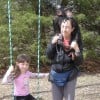


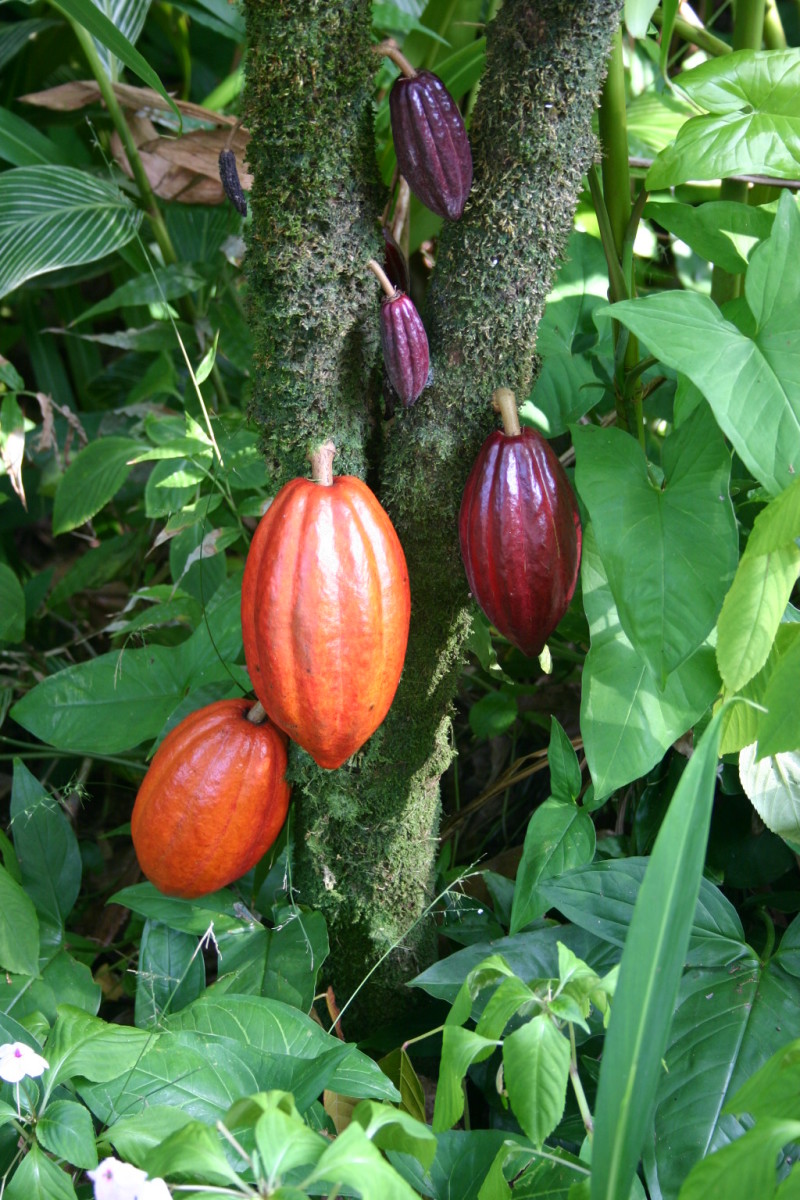
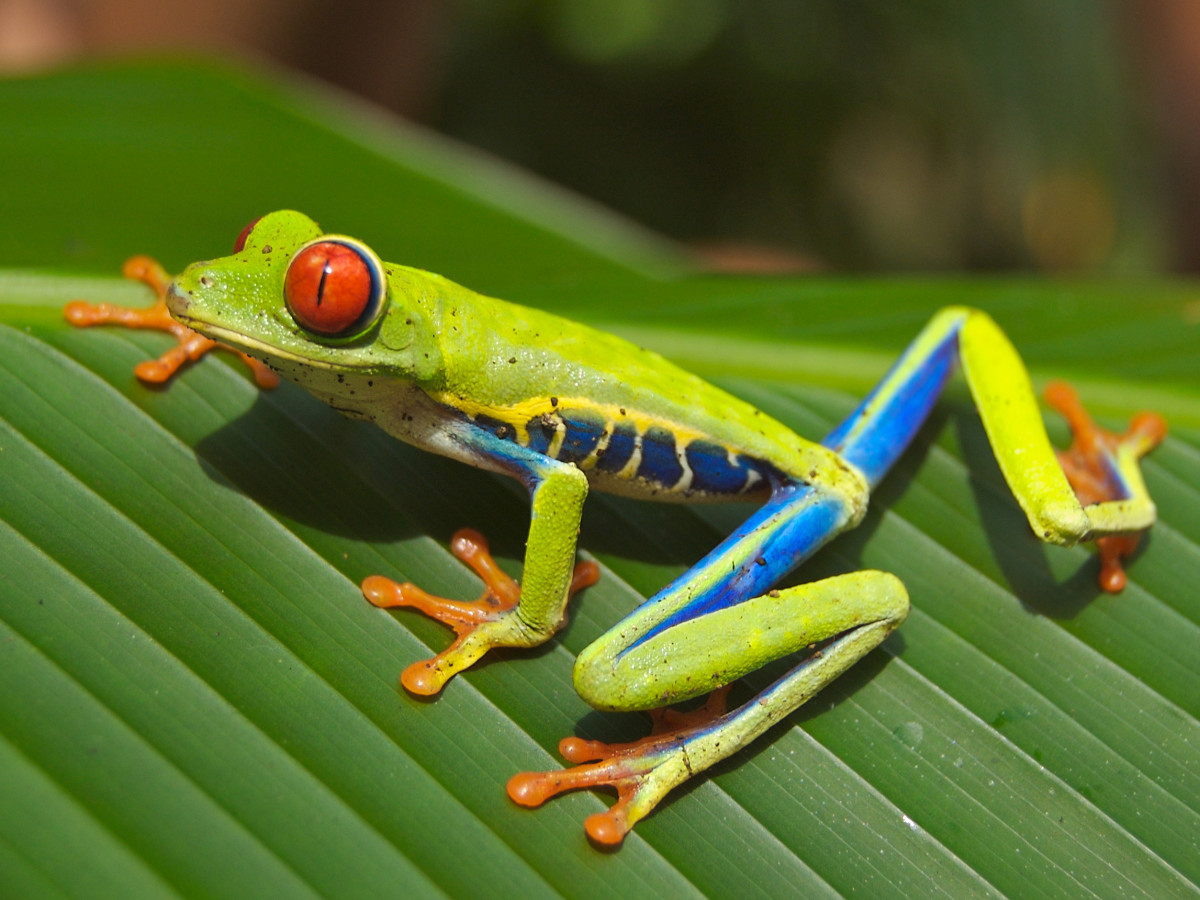
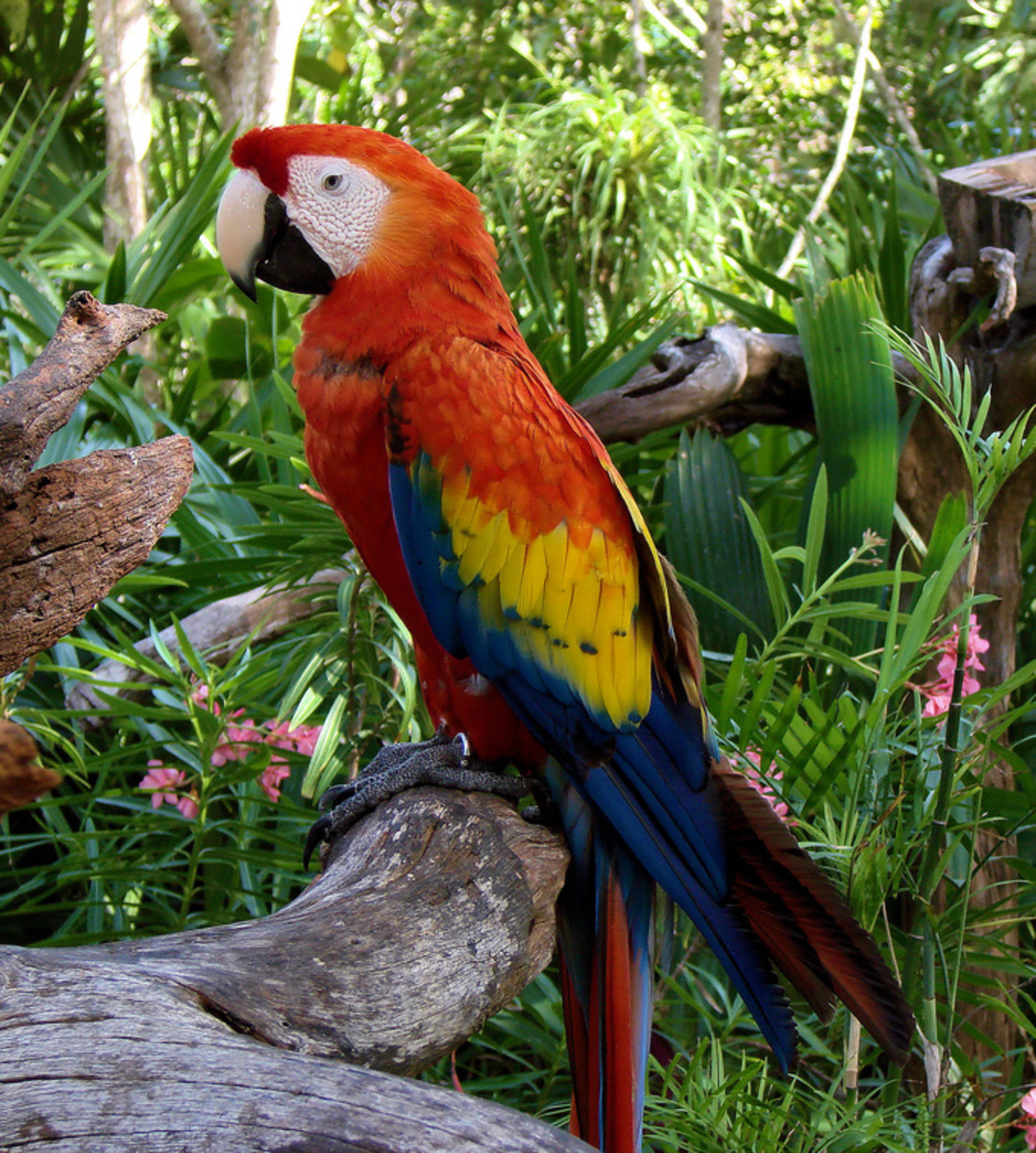

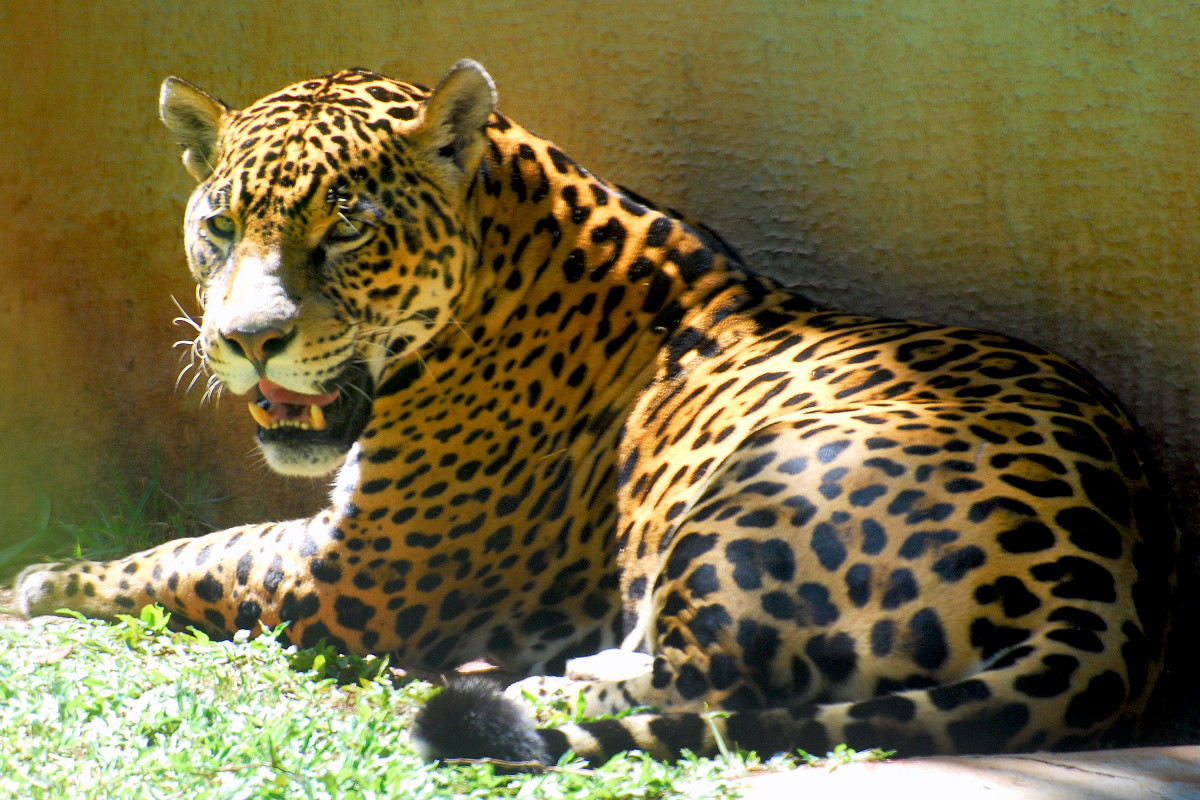


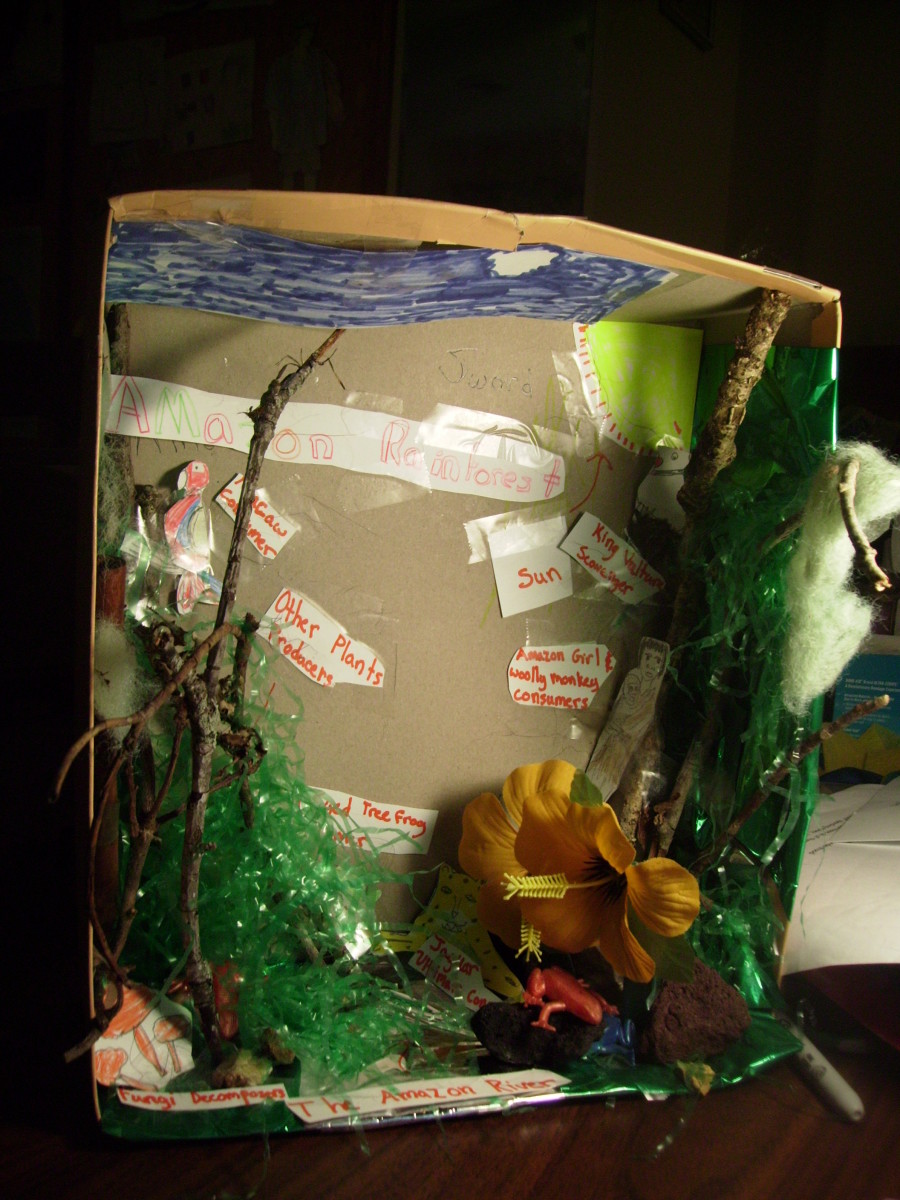
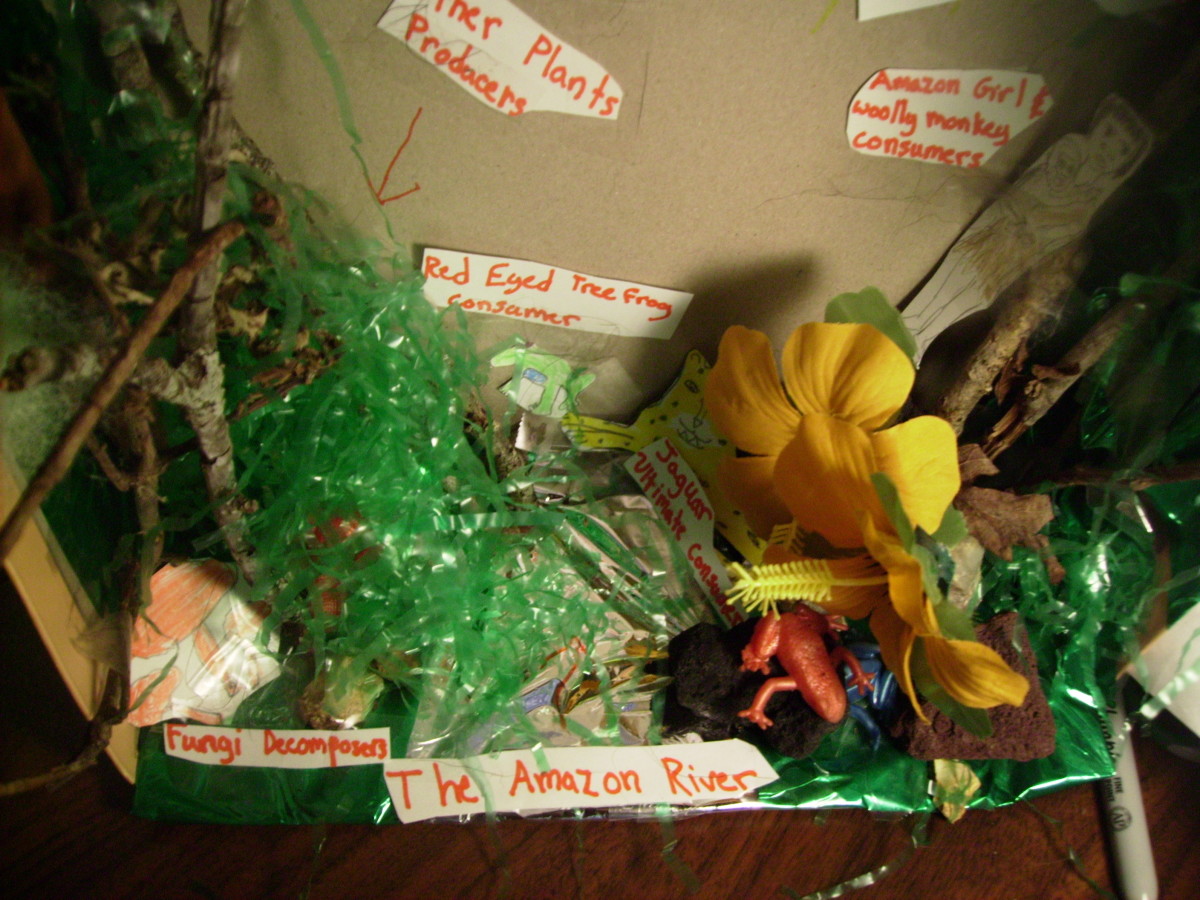
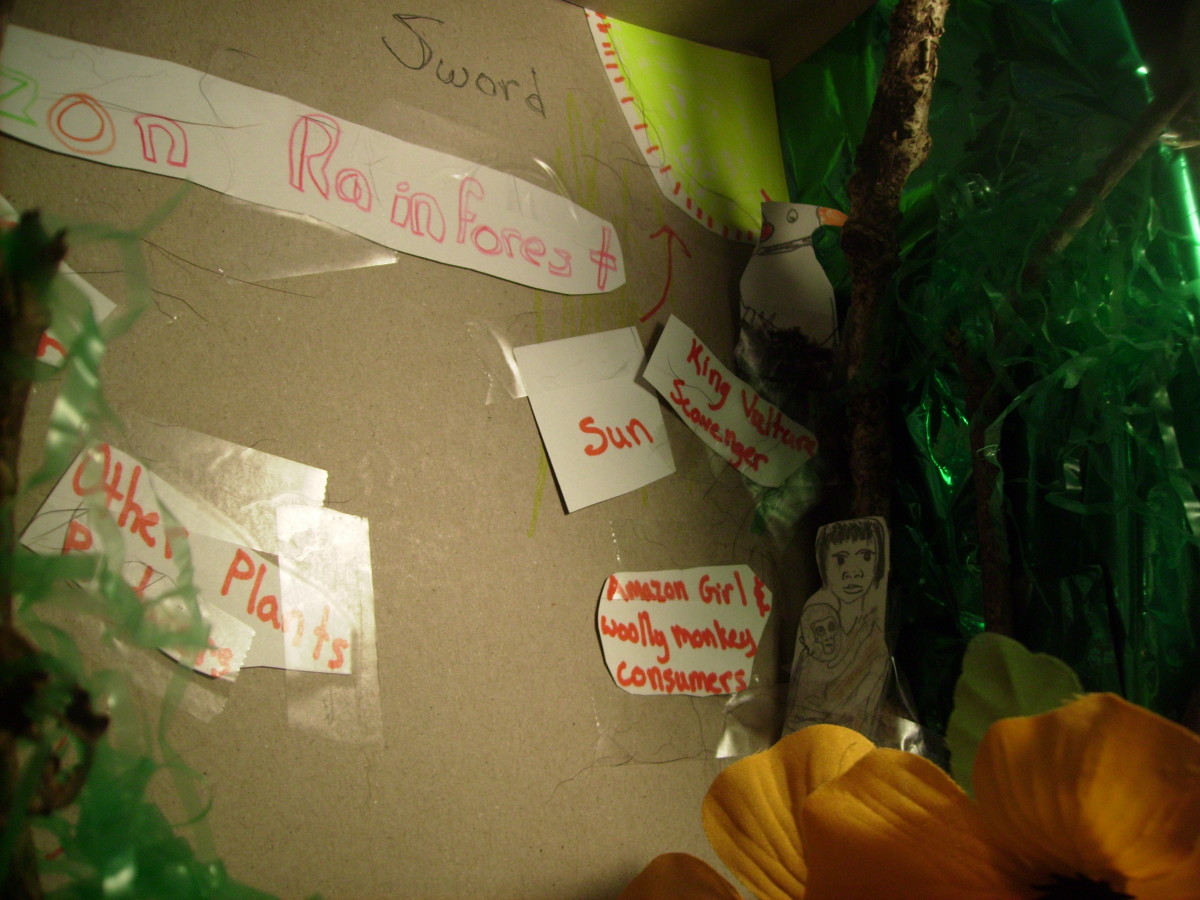

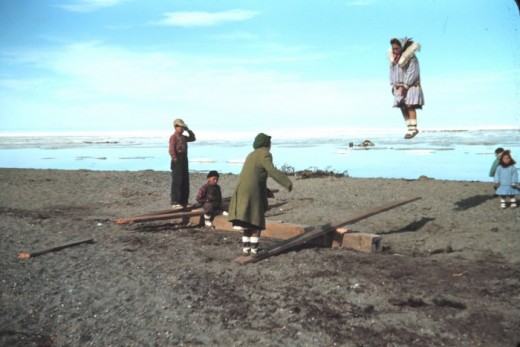


COMMENTS
Aya Katz 2 years ago from The Ozarks
Thanks, VA_Teach. I am glad you found this a worthwhile resource.
It was an enjoyable and educational project, and we had a nice time working on it. It’s just odd sometimes when teachers assign creative projects — such as writing a short story based on a science premise — in the science classes, and then they give multiple choice and fill in the blank in the classes where creativity should have been what was being called for — such as English composition. Art is a wonderful outlet, and I am in favor of humanities classes, but it’s just not always in the art classes where art is most called upon these days.
VA_Teach 2 years ago
Hi!
I appreciate the detail you put into this article – it’s an incredible resource for parents and teachers who can direct families here for ideas.
I hope you understand, though, that what you and your daughter executed was actually much higher level thinking than an essay or multiple-choice test. Having to apply knowledge to another form stretches the brain in new directions.
I am sure any teacher would be just as impressed by a crude pencil drawing labeled “parrot” as by a figure sculpted out of clay. You can be just as neat with simple materials as expensive ones.
Grades for this project would be based on the knowledge that was demonstrated, not the means by which is was transmitted.
I applaud you both on a well-done project showing off what she clearly understands! 🙂
Last thing, thanks for being such an involved parent!
Tionna 3 years ago
I am doing a heard magnet elementary school project in the 5th grade and came on here is to get an idea and didnt
Janelle 3 years ago
I’m a high school science teacher and we also get students to present their understanding of concepts graphically/visually, as tests don’t always suit all students. As long as the students can show they have incorporated all the main ideas in their design, it doesn’t matter if they’re not all budding artists or designers.
ar3 5 years ago
r335
Aya Katz 6 years ago from The Ozarks
Teachergirl1, thanks for the input. Making dioramas can be an enjoyable and educational activity. However, because it calls on arts and crafts skills, it just doesn’t seem fair to award a science grade based on the appearance of the model. I have the same issue when they award language arts grades based on projects that require drawing skills.
teachergirl1 6 years ago
The National Science Teacher Association promotes making Dioramas even at the high school level. I wouldn’t make it a test grade though. 🙂 There is a Adopt a Dino Project that includes building one from NSTA.
Aya Katz 6 years ago from The Ozarks
Emmanuel, you may be right. Maybe the teacher was hoping to learn more about the rain forest from the students.
Emmanuel Elembo 6 years ago
According to me, the teacher wanted to learn from pupils. What a triky and hard homework for kids to do. Diorama project isn’t funny at all as long as it require bunch of thing to make it work.
Aya Katz 6 years ago from The Ozarks
HTodd, thanks!
htodd 6 years ago from United States
Great post…Thanks
Aya Katz 6 years ago from The Ozarks
Injurycase, I agree that teaching should be enjoyable and that teachers should use their creativity in teaching students. Students are creative, too, but each one in a different way.
It seems unfair, though, to give science grades on the basis of the ability to show artistic merit in the design of a diorama. It would be just as unfair as giving grades in mathematics based on the ability to draw pretty pictures of numbers, or grades in grammar and spelling based on the ability to complete a construction project. All these skills are valuable, but grading a student on artistic performance in a class that is supposed to be about something else is not helpful to the student or to the class as a whole.
So a diorama project is a fun thing to do, but should not be for credit except in art class.
injurycase 6 years ago from North Pearl Street, Albany, New York
Teaching is an enjoyable task thus a teacher should be creative enough to the activities that she is presenting. To is is to believe. this is how the minds of children works so it is good that present visual aids to represent the lesson and for catching the interests of the student.
injurycase 6 years ago from North Pearl Street, Albany, New York
Teaching is an enjoyable task thus a teacher should be creative enough to the activities that she is presenting. To is is to believe. this is how the minds of children works so it is good that present visual aids to represent the lesson and for catching the interests of the student.
Aya Katz 6 years ago from The Ozarks
Caitlin, my daughter used little twigs that she found outdoors, and then she attached Easter grass to them.
caitlin 6 years ago
i need to know what materials i can use to make trees and stuff ..
muhammad majid 08 7 years ago
http://alturl.com/h6sjp Aya Katz 9 months ago
Glassvisage, thanks! I bet you made terrific dioramas when you were in school! It’s so nice that you dropped by!
sara 2 months ago
thanx!
Aya Katz 2 months ago
Sara, you’re quite welcome. Hope this helps.
Lisa 2 months ago
Thanks this helped a lot
Aya Katz 8 weeks ago
Lisa, you’re very welcome. Glad it helped.
anna 5 weeks ago
cool
Aya Katz 5 weeks ago
Thanks, Anna!
Aya Katz 7 years ago from The Ozarks
Thanks, Anna!
anna 7 years ago
cool
Aya Katz 7 years ago from The Ozarks
Lisa, you’re very welcome. Glad it helped.
Lisa 7 years ago
Thanks this helped a lot
Aya Katz 7 years ago from The Ozarks
Sara, you’re quite welcome. Hope this helps.
sara 7 years ago
thanx!
Aya Katz 7 years ago from The Ozarks
Glassvisage, thanks! I bet you made terrific dioramas when you were in school! It’s so nice that you dropped by!
glassvisage 7 years ago from Northern California
Aya, this Hub is amazing. So comprehensive! I miss making dioramas in school, and this really inspires me to get out an old shoebox, print out some photos of rainforst animals and get crafy 🙂
Aya Katz 8 years ago from The Ozarks
Lea’s Life, thanks! I look forward to reading about your daughter’s castle building project!
Lea’s Life 8 years ago
My daughter and I were reading this and really enjoyed your humor in presentation…I am new to this all and checked your hub out since I am in the process of writing about her castle building project. The diorama turned out cute and those comments about the teacher taking points off for certain things were funny but also touching when you see how seriously the kids can take these assignments to heart!Thank you for sharing
Aya Katz 8 years ago from The Ozarks
Crazy888, thanks for the clarification. Yes, sometimes there is too much homework.
Crazy888 8 years ago
I guess you didn’t know what i meant. I meant that too much homework was a bad thing
my mistake
Aya Katz 8 years ago from The Ozarks
Crazy888, I’m not sure how to interpret your comment. Do you mean that it’s good to have lots of homework, as in: “Yes to much homework!” Or do you mean there is more homework than necessary, as in: “Yes, too much homework”?
Crazy888 8 years ago
yes..to much homework i say!
Aya Katz 8 years ago from The Ozarks
Crazy888, yes, this is just another hub about fifth grade homework.
Crazy888 8 years ago
This hub goes back to the 5th grade homework one!
Aya Katz 8 years ago from The Ozarks
Kelsey, thanks for your comment. I’m so glad that this can help you with your 8th grade project! Best of luck!
kelsey 8 years ago
thanx for all this information i have this same exact project due on november 23 but im an 8th grader it seams so hard and frustrating. It seams so much easier after reading this.
Aya Katz 8 years ago from The Ozarks
Thanks, Crazy888.
Crazy888 8 years ago
wow..you dont stop writing do you?? good job!
Aya Katz 8 years ago from The Ozarks
Elayne, thanks! My daughter did get a high A on her project.
Elayne 8 years ago from Rocky Mountains
I think you should definitely get an “A+” for all the research you did.
Aya Katz 8 years ago from The Ozarks
Julie, thanks! I’m so glad this helped. I hope you and your daughter have as much fun with this project as my daughter and I did!
Julie 8 years ago
Thank you so much for such an informative article! Your tips are fantastic! My daughter is making a rainforest diorama for her 2nd grade science class and we have a lot of materials on hand since I’m always into crafty projects. Your page made this a one-stop place to get all the info I needed on specific plants/animals to include. Great job!
Aya Katz 8 years ago from The Ozarks
Hummingbird, thank you! My daughter really enjoyed working on this project.
Aya Katz 8 years ago from The Ozarks
Iqbal, thanks!
Hummingbird5356 8 years ago
I liked this hub very much, it is very informative and the photos are perfect. We never had projects like this at school. Excellent.
iqbal88 8 years ago
awesome
Aya Katz 8 years ago from The Ozarks
Khmohsin, thanks for your comment!
khmohsin 8 years ago
Topic choosing is a fun and you have expert in it. Keep it up Nice hub.
Aya Katz 8 years ago from The Ozarks
Prasetio, thanks!
prasetio30 8 years ago from malang-indonesia
really great information. you always have different topic.
Aya Katz 8 years ago from The Ozarks
Jerilee, yikes! Good luck with your specimen gathering. Stay cool!
Jerilee Wei 8 years ago from United States
We’re supposed to have record breaking highs this weekend — sigh.
Aya Katz 8 years ago from The Ozarks
Jerilee, is it still warm there? I gave Sword some hot chocolate as an after school treat. It’s definitely chilly here.
Good luck with Kaela’s project! Let me know how it turns out.
Jerilee Wei 8 years ago from United States
The perfect hub for me to read this weekend, as such projects are often big debates among the three generations in this household. My daughter oversees the day to day massive amount of homework Kaela has. I have been appointed the coach for science, etc. projects.
This weekend we’re doing a semester one science project of 25 five native Florida trees. So hoping for cooler weather so we’re not out collecting them in mosquito land.
Where we get into trouble is grand visions that don’t match or go off on a tangent.
Aya Katz 8 years ago from The Ozarks
Thanks, Joy!
Joy At Home 8 years ago from United States
Glad to hear it. Hopefully your daughter will carry on what you have taught her.
Aya Katz 8 years ago from The Ozarks
Joy at Home, thanks! It’s always hard to realize in the final product the grand visions in our heads of how a project should turn out, but it’s still a lot of fun to try. I think my daughter and I are doing a good job of keeping an even keel as far as socialization goes. She’s sufficiently well socialized to realize what passes for mainstream thinking (and keeping out of trouble with authority figures), but not so well socialized as to share all those values.
Joy At Home 8 years ago from United States
I loved making dioramas of everything when I was in gradeschool…until I couldn’t get any of them to match the visions in my head. I still like them, and if I had time to mess around with such things for my own enjoyment, would probably experiment with more sophisticated arrangements and materials than I chose as a child.
This was an incredible hub. Thanks for being a good mom and not letting your daughter be totally brain-washed by those who would have her believe that people and wild animals cannot co-exist.
Aya Katz 8 years ago from The Ozarks
Scott.Life, thanks! It was a fun project for my daughter, and she does seem to be getting more into the material. However, I wouldn’t think it would hurt to also assign an essay about the rainforest. That could be fun, too!
Scott.Life 8 years ago
What a neat request from the teacher. I suspect the intent was to get the students to investigate the many layers that compose the ecosystem as they would in effect be building them into the diorama. I never got any cool assignments like this when I was young, we wrote essays. This was a very fun hub for me and entertaining.
Aya Katz 8 years ago from The Ozarks
Thanks, Paraglider!
Dave McClure 8 years ago from Kyle, Scotland
I always enjoy your multi-layered approach – the socio-philosophical commentaries sprinkled in with the rest. A good picture set too. Nice hub.